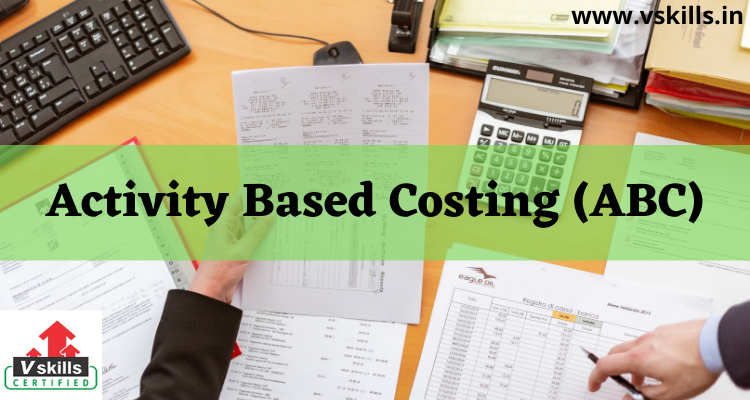Activity Based Costing (ABC)
Activity-based costing (ABC) is a costing methodology that identifies activities in an organization and assigns the cost of each activity with resources to all products and services according to the actual consumption by each. This model assigns more indirect costs (overhead) into direct costs compared to conventional costing.
Limitations of activity-based costing
Applicability of ABC is bound to cost of required data capture. That drives the prevalence to slow processes in services and administrations, where staff time consumed per task defines a dominant portion of cost. Hence the reported application for production tasks do not appear as a favorized scenario.
Tracing Costs
Even in ABC, some overhead costs are difficult to assign to products and customers, such as the chief executive’s salary. These costs are termed ‘business sustaining’ and are not assigned to products and customers because there is no meaningful method. This lump of unallocated overhead costs must nevertheless be met by contributions from each of the products, but it is not as large as the overhead costs before ABC is employed.
Although some may argue that costs untraceable to activities should be “arbitrarily allocated” to products, it is important to realize that the only purpose of ABC is to provide information to management. Therefore, there is no reason to assign any cost in an arbitrary manner.
Reducing cost of ABC modeling
ABC is considered a relatively costly accounting methodology. As long as cost elements would have to be taken and notified just manually, the activity based costing approach would remain arduous and the obtained completeness would be poor.
An escape from costly procedures may be found with the transition from coarse-scale cost modeling to fine scaled data capture for concurrent accounting. The implementing of respective means shall redirect from the managerial level of the planning for entities of an activity type to the simply automated data capture technically detectable entities of paired events: Every two events of starting and ending an activity determine the duration of the very same activity.
The clock time of events plus identification of the persons involved and assets used may be notified easily with technical means. In contrast to locating technologies the identity and time capture always performs with desired precision and high reliability. Application of classical logic supports for pairing the respective event times supported by captured identities. All modes of context and contributing assets and resources may be allocated and quantified for detailed costing in conjunction with such event detection. Hence agglomerating of collected data is suited to contribute to the costing model for activity-based costing in all desirable detail. Modern identification technologies (e.g. RFID) provide the necessary instruments.



